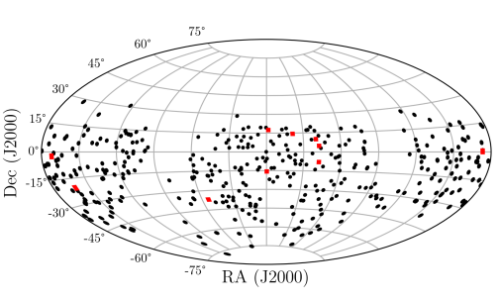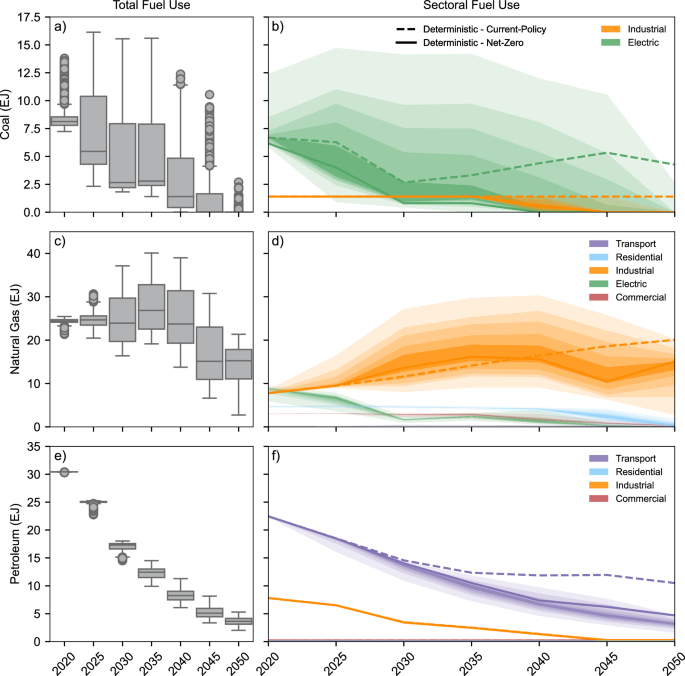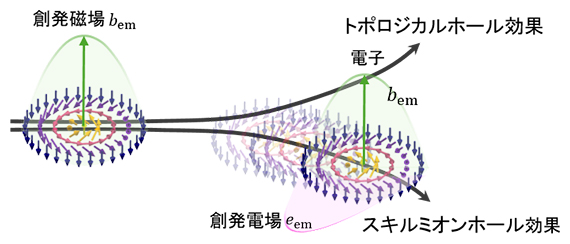2024-09-17 マックス・プランク研究所
<関連情報>
- https://www.mpg.de/23150751/meerkat-absorption-line-survey-and-the-cosmological-principle
- https://arxiv.org/abs/2302.10696
MeerKAT吸収線サーベイ: 宇宙電波双極子の測定に向けた均質な連続体カタログ The MeerKAT Absorption Line Survey: Homogeneous continuum catalogues towards a measurement of the cosmic radio dipole
J. D. Wagenveld, H.-R. Klöckner, N. Gupta, P. P. Deka, P. Jagannathan, S. Sekhar, S. A. Balashev, E. Boettcher, F. Combes, K. L. Emig, M. Hilton, G. I. G. Józsa, P. Kamphuis, D. Y. Klutse, K. Knowles, J.-K. Krogager, A. Mohapatra, E. Momjian, K. Moodley, S. Muller, P. Petitjean, P. Salas, S. Sikhosana, R. Srianand
arXiv Submitted on 21 Feb 2023
DOI:https://doi.org/10.48550/arXiv.2302.10696
Related DOI:https://doi.org/10.1051/0004-6361/202245477

Abstract
The number counts of homogeneous samples of radio sources are a tried and true method of probing the large scale structure of the Universe, as most radio sources outside the galactic plane are at cosmological distances. As such they are expected to trace the cosmic radio dipole, an anisotropy analogous to the dipole seen in the cosmic microwave background (CMB). Results have shown that although the cosmic radio dipole matches the direction of the CMB dipole, it has a significantly larger amplitude. This result challenges our assumption of the Universe being isotropic, which can have large repercussions for the current cosmological paradigm. Though significant measurements have been made, sensitivity to the radio dipole is generally hampered by systematic effects that can cause large biases in the measurement. Here we assess these systematics with data from the MeerKAT Absorption Line Survey (MALS). We present the analysis of ten MALS pointings, focusing on systematic effects that could lead to an inhomogeneous catalogue. We describe the calibration and creation of full band continuum images and catalogues, producing a combined catalogue containing 16,313 sources and covering 37.5 square degrees of sky down to a sensitivity of 10 μJy/beam. We measure the completeness, purity, and flux recovery statistics for these catalogues using simulated data. We investigate different source populations in the catalogues by looking at flux densities and spectral indices, and how they might influence source counts. Using the noise characteristics of the pointings, we find global measures that can be used to correct for the incompleteness of the catalogue, producing corrected number counts down to 100 – 200 μJy. We show that we can homogenise the catalogues and properly account for systematic effects. We determine that we can measure the dipole to 3σ significance with 100 MALS pointings.



